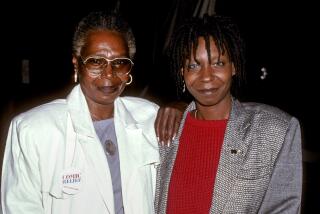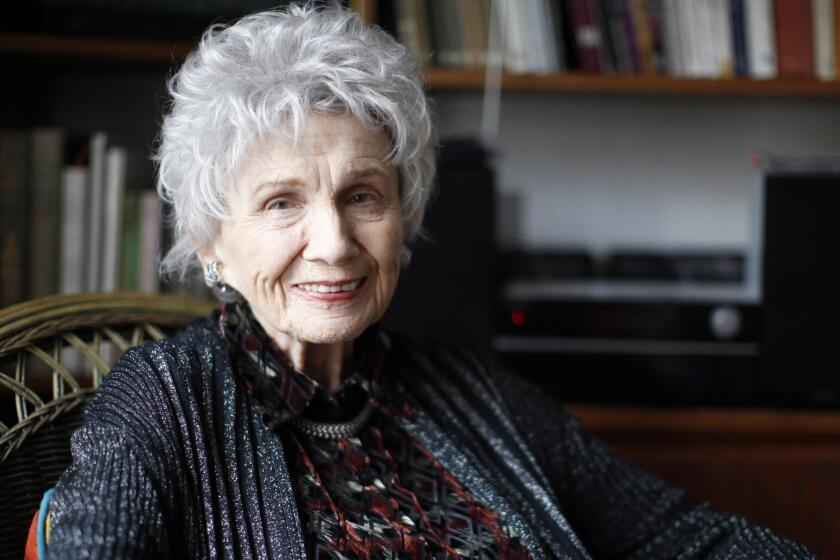The Great British Picture Show by George Perry (Little, Brown: $17.95; : 386 pp., illustrated)
Far from being a celebration of a century of British cinema, George Perry’s “The Great British Picture Show” is a long series of excuses for mediocrity. As its ironic title suggests, Perry’s is a tale of false starts, unfulfilled potential and unhappy endings.
American readers who thrilled to “Chariots of Fire,” took heart from “Gandhi” and learned from “The Killing Fields” may feel Perry sells British cinema short. He starts by saying that everything since 1906 has been a “disappointing diminution” and ends by offering no brighter hope than the equivocal “It is unlikely that the British film industry will collapse.”
It seems there were a few bright spots along the way--Alfred Hitchcock, David Lean, Laurence Olivier--but Perry declines to identify any real high points. To some observers, for instance, British films in the mid-’60s were the best in the world. But Perry passes over this vital period with only scattered paragraphs about some individual pictures.
The book reads as if it were drudgery to write. Lacking any theme beyond “disappointing diminution,” Perry sticks to a loosely chronological form. He skips between detailed accounts of government financial strictures and capsule reviews of hundreds of films. Most of the book, in fact, is Perry’s summaries of old movies--and sometimes not the best old movies. John Huston’s “Sinful Davey” gets twice the space given to the film that follows, Fred Zinnemann’s “A Man for All Seasons.”
If nothing else, the book is an impressive abstract of a long shelf of secondary sources. A journalist for the London Sunday Times, Perry has been thorough to a fault. However, most of the work was done a decade ago; the present volume is a perfunctory add-on to the 1974 edition.
There has been a double resurgence in the British industry in the last decade. London’s studios have become attractive as bases for runaway American adventure movies. And British TV has begun fostering production of low-budget films taking sharp social and political stands.
Perry beats a dozen or more dead horses: the control of Britain’s film exhibition by two staid companies; the temptation to seek a transatlantic audience; the siphoning off of talent to Hollywood; the dead hand of censorship; the intrusive, even destructive interest of the government; the staginess of many British films over the years; the decline of United Kingdom cinema audiences as TV took hold. He even drags in England’s bad weather (rain caused “Cleopatra” to be made in Rome instead of Buckinghamshire).
Despite deficiencies as a narrative and analysis, “The Great British Picture Show” is a useful reference. A judicious biographical guide covers most of the movers and shakers in British cinema, with the emphasis on dead ones. The 150 stills are a treat. The index is a librarian’s dream.
Producer David Puttnam contributes a comparatively rousing foreward, in which he expresses “some measure of confidence.” Yet if British cinema can find no more enthusiastic historian than Perry, it is indeed in trouble.
More to Read
Sign up for our Book Club newsletter
Get the latest news, events and more from the Los Angeles Times Book Club, and help us get L.A. reading and talking.
You may occasionally receive promotional content from the Los Angeles Times.






